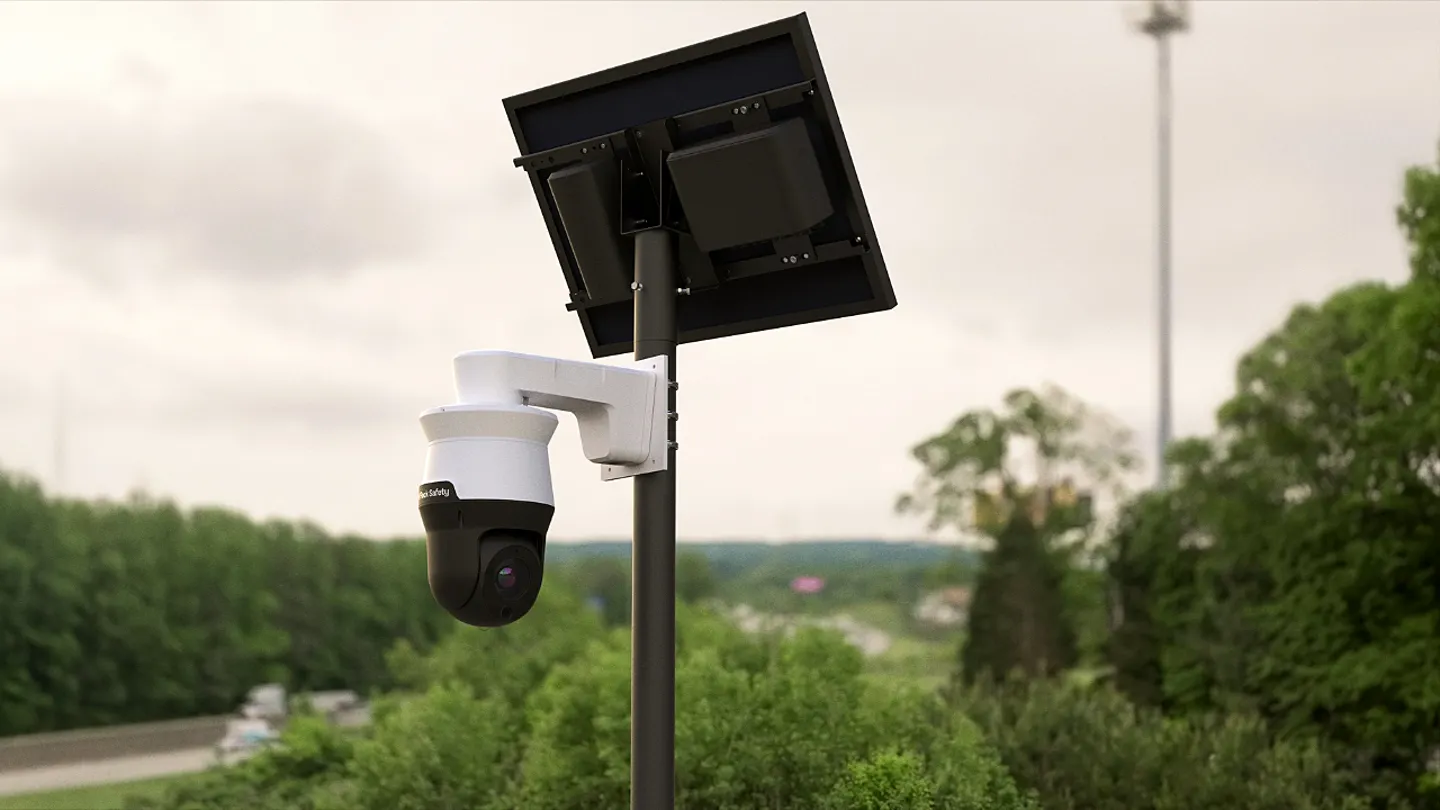Each summer, local media outlets produce stories about the level of per pupil spending in Utah, pointing out that Utah comes in last place across the country in per-pupil funding. These stories aren’t really news since Utah has been this way for years; perhaps the statistics are meant to scare Utahns into demanding that legislators allocate more of the taxation pie to the government education bureaucracy. If only it were that simple.
Utah is subject to some unique factors that yield relatively lower levels of available funds for education as compared to other states. Most notable are the larger families with more children. Other issues include the level of federal land ownership and lower income levels per pupil from which to draw. While the public education lobby, like any government bureaucracy, is diligent in advocating for its own growth, the issues underlying school finance in Utah are not remedied by simply throwing more tax dollars at them.
Few headlines about education spending point out the state’s efficiency when you compare academic achievement per dollar spent. This blind focus on total dollars as a supposedly important metric ignores the most central issue for government schools: are the children learning?
At more than triple the per-pupil spending levels of Utah schools, the District of Columbia spending on education usually tops the list. However, you probably couldn’t pay parents in Utah to send their kids to D.C. public schools. Does anybody claim that D.C. students perform three times better than Utah students? The reality is the opposite.
For example, take the ACT as one metric: in Utah 97% of seniors took the ACT compared to only 32% of seniors in D.C. We can safely assume that with such a broad sample in Utah the average scores will be watered down by many low performing students, while in D.C. most test takers are the higher performing college-bound students. So, it should surprise you that the average scores in D.C. are actually lower than those in Utah. Here is the comparison using the percentage of 2012 test takers considered college-ready in each subject as measured by the ACT benchmarks:
More Utah ACT test takers are considered college-ready in every subject than the likely top third of students in D.C. The data nationwide does not support the notion that increased spending drives increased academic achievement. Performance is impacted by a number of factors, with family and demographic factors among the most important. The Cato Institute looked at inflation-adjusted spending per pupil in the 50 states and compared it to academic achievement over the last 40 years, finding that there was no correlation between what states have spent on education and their measured educational outcomes. Instead, they found that in Utah, per-pupil spending has increased since 1972 by 60 percent on top of inflation. Meanwhile, over that same period, SAT scores have actually declined by as much as seven percent.
The National Assessment of Educational Progress provides another academic performance benchmark for public schools. The tests are administered to students in randomly selected samples in 4th and 8th grade and measure proficiency in English and Math. The most recent scores show Utah students scoring at the national average for Math proficiency and above the national average for reading proficiency. Meanwhile, D.C. public schools consistently rank at the bottom. While Utah and D.C. are two very different places, the principle at play is still true across the country—spending more is not a magic solution for increasing achievement.
There are a host of reasons why Utah spends less per pupil than other states and the most significant of them is not because the state lacks the political will power to spend more. This, however, is the implication of the repetitive media-fueled shaming that goes on in our state. The conventional wisdom is that if only the legislature could muster the political courage to spend more on education we could realize academic gains in the public education system. This is simply not true. In fact, one of the recent increases in public education spending came in 2013 when the legislature increased per-pupil spending by two percent but the funds didn’t even make it to the classroom, as most of the money was already earmarked for needs in the state retirement system from recession-era losses and the effect of rising health care costs.
Based on recent data from the National Center for Education Statistics, Utah’s use of its per pupil expenditures suggests a more prioritized spending model than many other states. With 64.3% of its per pupil expenditures spent on instruction, Utah ranks 6th nationally in the share of educational dollars spent on the most central function of public schools—instruction. Arizona and the District of Columbia are at the bottom, spending the smallest share of per-pupil dollars on instruction. Utah also ranks 4th nationally in lowest support services spending per pupil, behind Nebraska, New York, and Minnesota (again, the District of Columbia is at the bottom). Utah also ranks in the top quarter of the nation in lowest spending on overall administration costs. This deeper look at the data indicates that while Utah may spend nominally less than other states, its use of those dollars may be more efficient.
The largest driver of education funding is the personal state income tax, 100% of which is allocated to the government education system. Utah has the lowest personal income per student in the nation. Personal income levels have a significant impact on the levels of government spending, since such outlays are directly contingent on taxes collected from this income. The national average for personal income per student enrolled in public school was $250,543 in 2010, while the personal income in Utah was the lowest in the nation at $158,275. That puts Utah nearly 1.5 standard deviations below the mean.
This is partly because income levels in Utah are generally lower than many other places. After all, Utah is an affordable place to live and lower salaries stretch further than in other states. Also, Utah has the highest birth rate in the country and the most children per family in the nation, and thus the most students per capita. The way to increase per pupil spending is therefore to increase incomes, decrease students, impose new taxes (since 100% of the income tax is already used for government schools), or make significant changes to where money is spent. Calling for increased funding is as arbitrary as calling for less children—you can’t get blood from a turnip.
Despite being last in personal income per pupil, Utah ranks 35th nationally in the share of personal income per pupil spent on education, with 4% spent. That puts Utah in the middle of the pack in the allocation of resources on education. However, assume that Utah were to step up its political commitment to education funding and increase taxes in order to capture 4.7% of personal income per pupil. This would place the state in the top quarter of states in resource allocation for education. However, the impact on per pupil funding would only raise the total figure to $7,439, leaving us second to last nationally in per pupil spending. We would only rise above neighboring Idaho but still fall behind Oklahoma and the rest of the country in per pupil funding. $650 million more dollars a year on education—a 15% increase to the state education budget for the target year wouldn’t make much of a dent in our national ranking. Despite this, we still currently allocate nearly that much of our income taxes (half a billion annually) to higher education—money that in past generations was reserved exclusively for K-12 education.
Another indicator that seems to get people’s attention is the level of teacher salaries. While we are last in overall per pupil spending we actually rank around 33rd in teacher salaries, after ranking 45th just three years ago. We do, however, rank low in administrative spending—a good thing for those concerned about the level of education bureaucracy.
While Utah’s education system is not perfect, it seems much better than “last in the nation”—particularly for a state with less resources and more kids. As with all government programs, we should not measure success by how much we spend. Under that measure, the federal government would be the most successful government in history!






